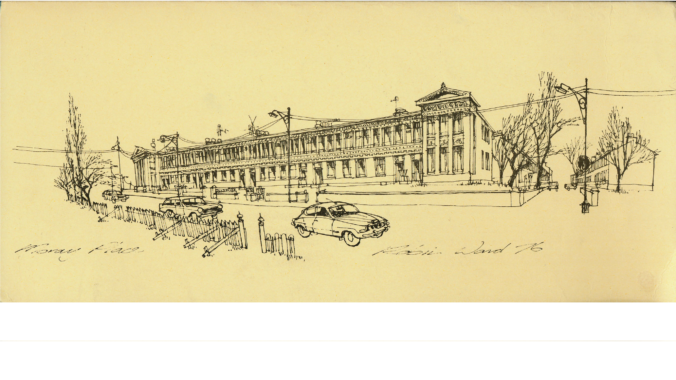This article is in response to a query from the new owner of the ground floor flat at 68 Nithsdale Road. 68 originally referred to the tenement flats above, and the ground floor flat was historically a shop, No. 70.
Matilda Place
The Old Shiels Road became Nithsdale Road when Pollokshields was developed, but once on the Strathbungo side of the railway, was named Nithsdale Street. A new road was created from Strathbungo Station (which opened in 1877) to Pollokshaws Road, and is now known as Nithsdale Road. In 1877 when newly laid out it was named Matilda Place, as required by the feu document of 1860. The name most likely derived from Sir John Maxwell’s late wife, Matilda Harriet Bruce, daughter of Thomas Bruce, 7th Earl of Elgin, he who misappropriated the Elgin Marbles. Matilda had died in 1857.
The land of Strathbungo was originally bought from Sir John Maxwell by John McIntyre and William Stevenson. McIntyre died in 1872, and the title deeds state that at year’s end 1874 the land on the north side of the new road passed from his estate to his younger brother, Andrew, on condition that a tenement was raised on the site. Andrew McIntyre (1835-1881) was a builder and brickmaker, whose brickworks was in Moss side .






Recent Comments